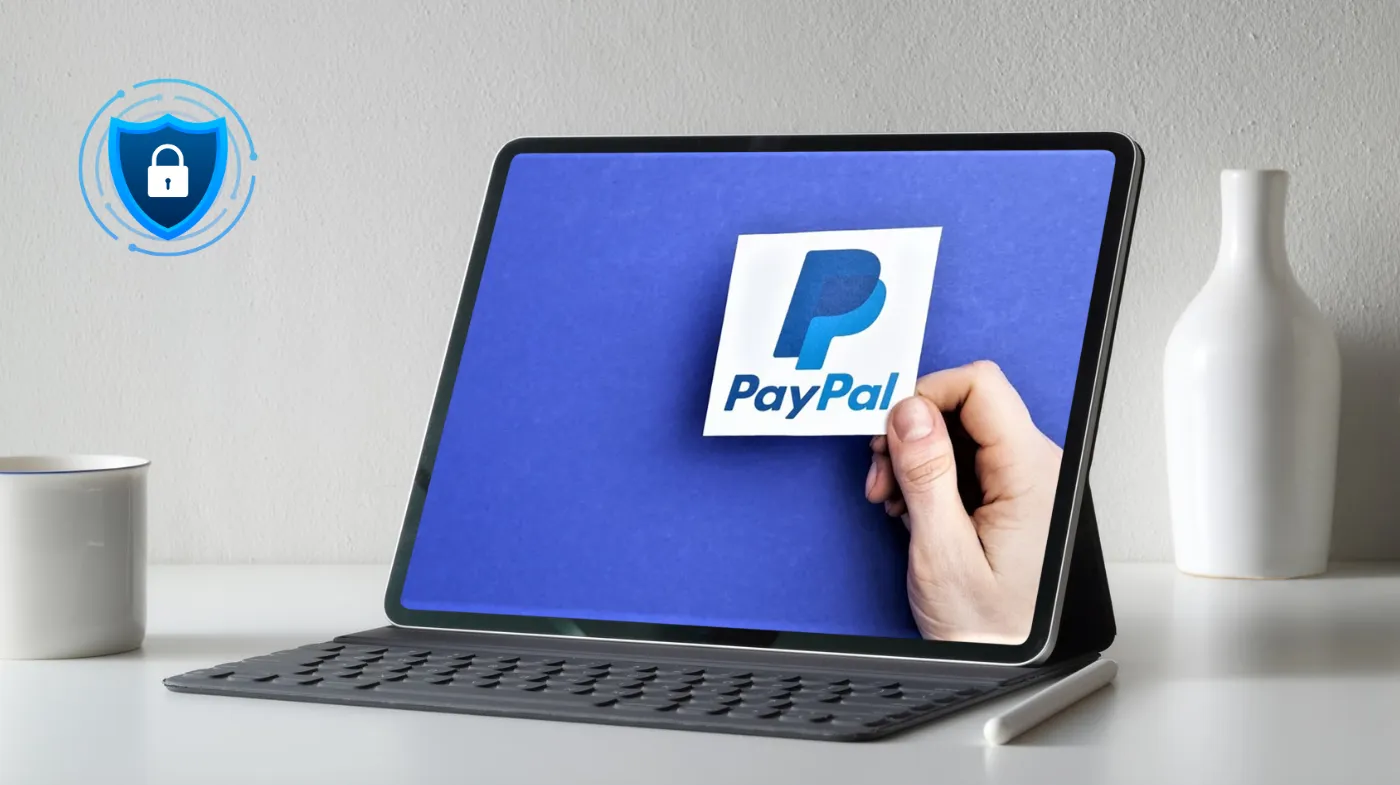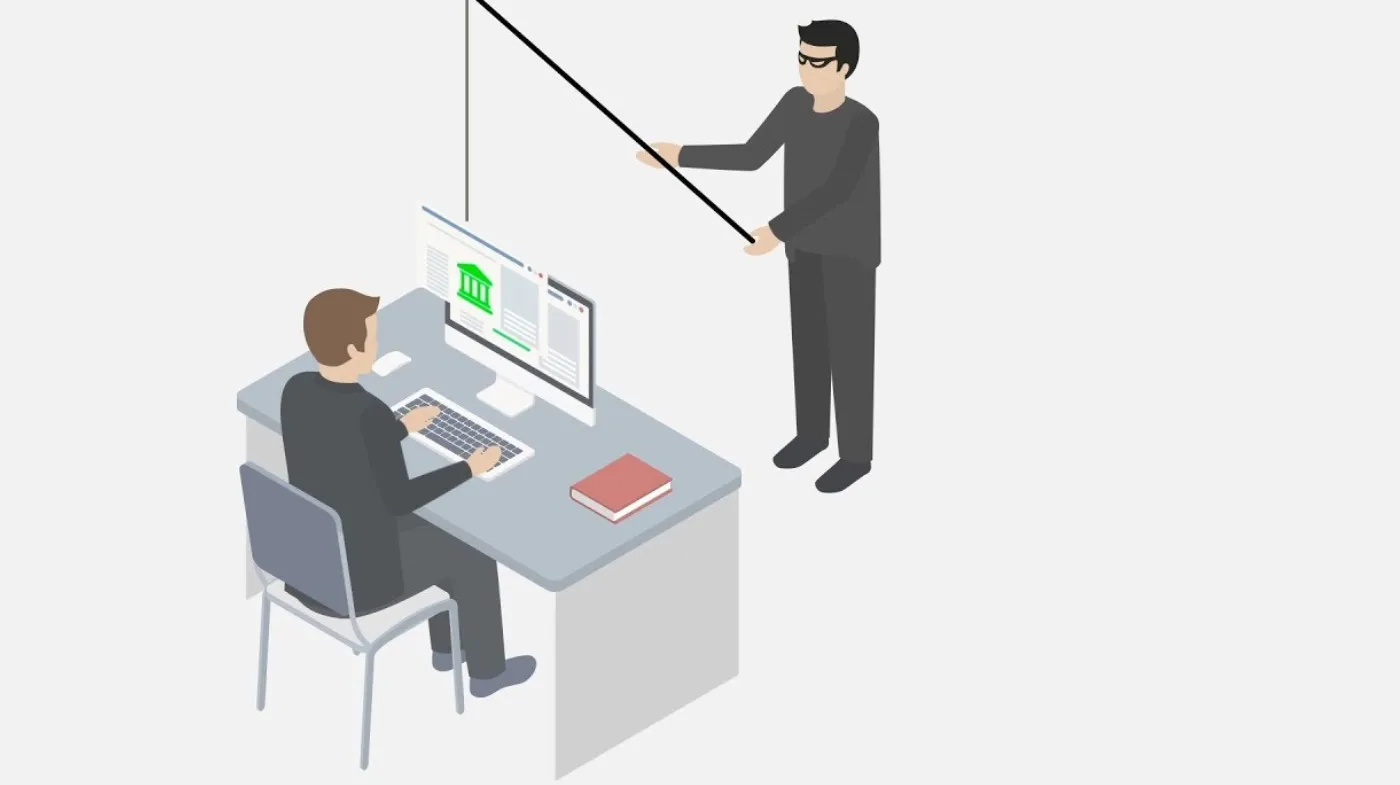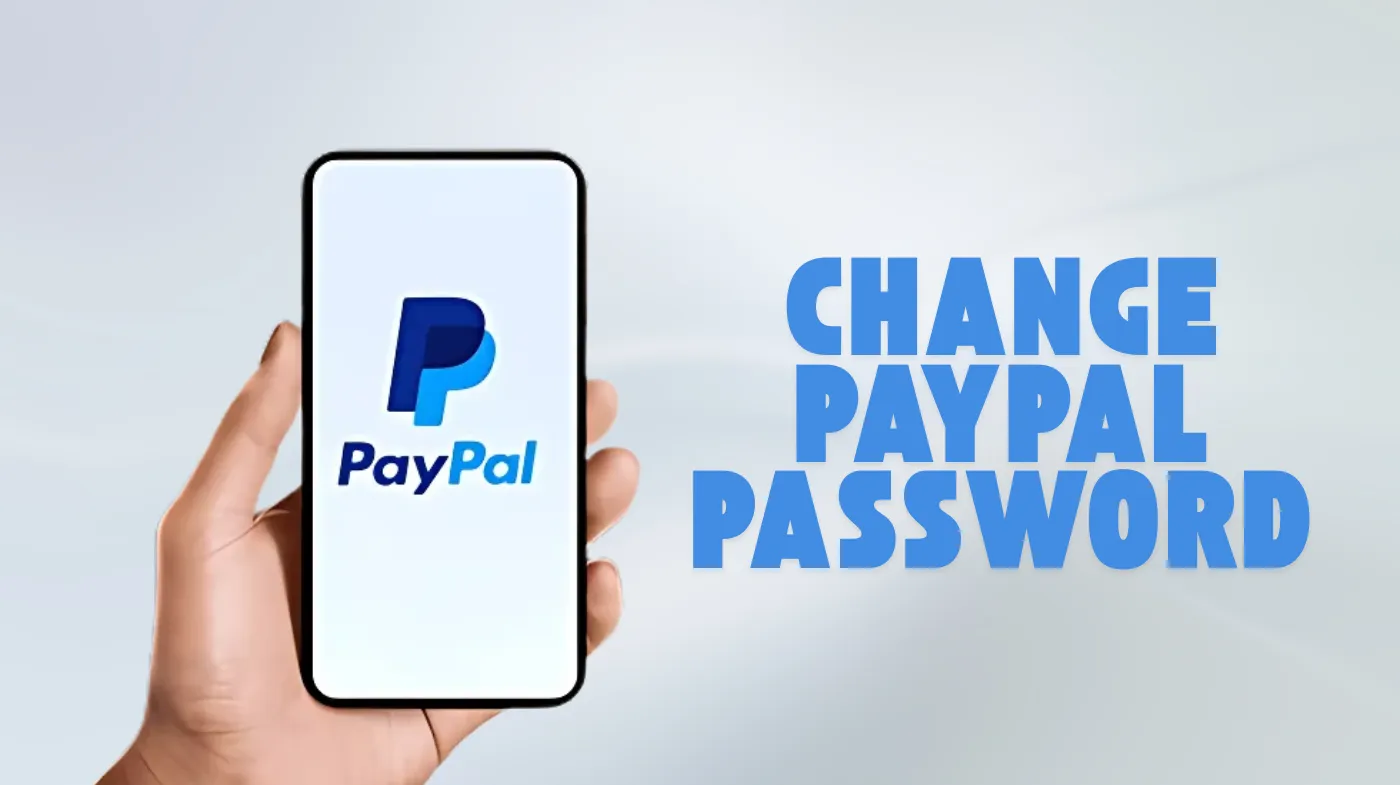
PayPal accounts contain sensitive financial information that cybercriminals actively target through sophisticated hacking techniques.
Your digital wallet holds the keys to your financial security, making it a prime target for fraudsters seeking quick access to funds.
Every day, thousands of users fall victim to account breaches that could have been prevented with proper security measures.
Enabling two-factor authentication, creating strong passwords, and monitoring account activity are just the first steps in building an impenetrable defense system.
This comprehensive guide reveals the advanced security strategies that security experts use to protect millions in digital assets.
You’ll discover how to recognize sophisticated phishing attempts, implement multi-layered protection, and respond effectively to security threats.
Things to Do to Protect Your PayPal Account From Hackers
Securing your PayPal account requires a multi-layered approach that addresses various vulnerability points hackers commonly exploit.
Enable Two-Factor Authentication (2FA)
Two-factor authentication serves as your first line of defense against unauthorized access attempts.
PayPal’s 2FA feature requires both your password and a verification code sent to your mobile device. This dual-layer protection ensures that even if hackers obtain your password, they cannot access your account without physical access to your phone.
Navigate to your PayPal security settings and activate SMS or app-based authentication. Consider using authenticator apps like Google Authenticator or Authy for enhanced security over SMS-based codes.
Create Strong, Unique Passwords
Password strength directly correlates with account security, making this step crucial for protection.
Avoid common passwords, personal information, or dictionary words that hackers can easily guess through automated attacks. Your PayPal password should contain at least 12 characters with a mix of uppercase letters, lowercase letters, numbers, and special symbols.
Using a secure password generator helps create complex passwords that are virtually impossible to crack. These tools generate random combinations that eliminate human predictability patterns hackers exploit.
Monitor Account Activity Regularly
Vigilant monitoring helps detect suspicious activity before significant damage occurs.
Check your PayPal account weekly for unauthorized transactions, unfamiliar login locations, or unexpected changes to your account settings. PayPal’s activity log shows detailed information about recent logins, including IP addresses and device information.
Set up email notifications for all account activities, including logins, payments, and profile changes. Immediate alerts allow you to respond quickly to potential security breaches.
Advanced Security Measures
Implementing additional security layers provides comprehensive protection against sophisticated attack methods.
Secure Your Email Account
Email security directly impacts PayPal account safety since hackers often target email accounts to reset passwords.
Your email account serves as the gateway to your PayPal account through password reset functions. If hackers compromise your email, they can easily gain access to your PayPal account by requesting password changes.
Use an email account breach tester to verify whether your email credentials have been compromised in data breaches. These tools scan databases of leaked credentials to identify potential security risks.
Enable two-factor authentication on your email account and use a separate, strong password different from your PayPal credentials.
Keep Software Updated
Regular updates patch security vulnerabilities that hackers exploit to gain unauthorized access.
Ensure your web browser, operating system, and security software remain current with the latest patches. Outdated software contains known vulnerabilities that cybercriminals actively target.
Enable automatic updates when possible to maintain consistent protection without manual intervention. This includes updating your username and password on Windows systems to prevent local security breaches.
Use Secure Networks Only
Network security prevents hackers from intercepting your PayPal login credentials and transaction data.
Avoid accessing PayPal through public Wi-Fi networks in coffee shops, airports, or hotels. These networks often lack proper encryption, allowing hackers to intercept data transmitted between your device and PayPal’s servers.
When you must use public networks, connect through a reputable VPN service that encrypts your internet traffic. This creates a secure tunnel that protects your data from network-based attacks.
Recognizing and Avoiding Phishing Attempts

Understanding phishing tactics helps you identify and avoid fraudulent attempts to steal your credentials.
Identify Suspicious Emails
Phishing emails represent the most common method hackers use to steal PayPal credentials.
Legitimate PayPal emails always address you by your registered name, never generic terms like “Dear Customer.” Check sender addresses carefully, as phishing emails often use similar but incorrect domains.
PayPal never asks for sensitive information like passwords, Social Security numbers, or credit card details through email. Any email requesting this information is fraudulent.
Verify Website Authenticity
URL verification ensures you’re accessing the legitimate PayPal website, not a fraudulent copy.
Always type “paypal.com” directly into your browser address bar rather than clicking links in emails. Phishing websites often use similar URLs with slight variations that can fool casual observers.
Look for the secure connection indicator (padlock icon) in your browser’s address bar. Legitimate PayPal pages always use HTTPS encryption to protect your data transmission.
Safe Communication Practices
Proper communication protocols prevent accidental disclosure of sensitive financial information.
Email Security Guidelines
Email communication requires special attention when discussing financial matters or account details.
Never share credit card details via standard email, as it lacks encryption protection. If you must share financial information digitally, use secure messaging platforms or encrypted email services.
Avoid discussing specific account balances, transaction details, or security settings through email. Hackers who compromise email accounts can use this information for social engineering attacks, so always ensure you transmit credit card details safely by email using secure methods.
Social Media Awareness
Social media posts can inadvertently provide hackers with information useful for account compromise attempts.
Avoid posting about large purchases, financial windfalls, or PayPal transactions on social platforms. This information helps hackers target high-value accounts and craft convincing phishing attempts.
Review your social media privacy settings regularly to limit who can access your personal information. Hackers often gather intelligence from public profiles before launching targeted attacks.
Recovery and Response Strategies
Knowing how to respond to security incidents minimizes damage and restores account safety quickly.
Immediate Response Actions
Quick response to suspected breaches limits potential financial losses and prevents further compromise.
If you suspect unauthorized access, immediately change your PayPal password and enable two-factor authentication if not already active. Contact PayPal’s customer service to report the incident and request account monitoring.
Review recent transactions carefully and dispute any unauthorized charges promptly. PayPal’s buyer protection policies provide recourse for fraudulent transactions when reported quickly.
Account Recovery Process
Systematic recovery ensures complete restoration of account security after a breach incident.
Document all suspicious activities with screenshots and transaction records for PayPal’s investigation team. This evidence helps expedite the recovery process and strengthens your case for charge reversals.
Consider temporarily limiting account functionality until security is fully restored. This prevents additional unauthorized access while you implement stronger security measures.
Frequently Asked Questions
How often should I change my PayPal password?

Change your PayPal password every 6-12 months or immediately if you suspect compromise. More frequent changes provide better security, especially if you use PayPal regularly for business transactions.
Can hackers access my bank account through PayPal?
PayPal uses encryption and tokenization to protect linked bank accounts, but hackers with full account access could potentially initiate unauthorized transfers. Enable all available security features to minimize this risk.
What should I do if I receive a suspicious PayPal email?
Forward suspicious emails to PayPal’s security team at spoof@paypal.com without clicking any links. Delete the email after reporting to prevent accidental interaction with malicious content.
Is PayPal safe for online shopping?
PayPal provides robust buyer protection and encryption for online transactions, making it safer than directly sharing credit card information. However, your account security depends on following proper security practices.
Stay Vigilant and Keep Your PayPal Account Secure
Protecting your PayPal account requires consistent vigilance and proactive security measures that evolve with emerging threats.
The strategies outlined above create multiple barriers that significantly reduce your vulnerability to cybercriminals seeking easy targets.
Remember that security is an ongoing process, not a one-time setup, requiring regular attention and updates to maintain effectiveness.
Take action today by implementing these protective measures and establishing habits that keep your financial information secure for years to come.
